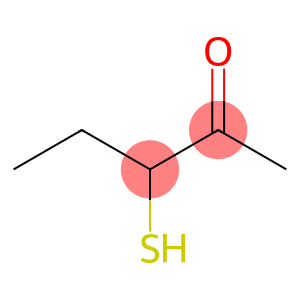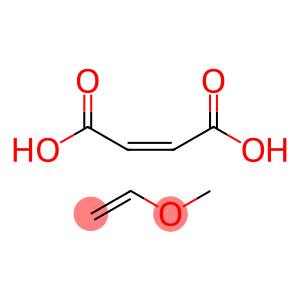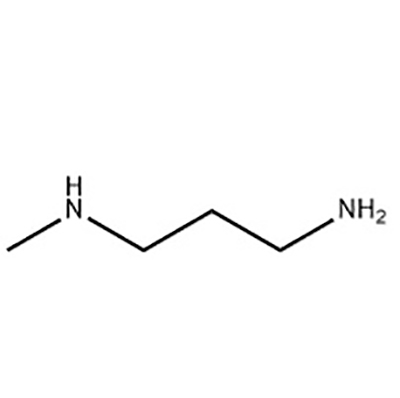2-Amino-5-bromo-4-methylpyridine(CAS# 98198-48-2)
| Hazard Symbols | Xi – Irritant |
| Risk Codes | 36/37/38 – Irritating to eyes, respiratory system and skin. |
| Safety Description | S26 – In case of contact with eyes, rinse immediately with plenty of water and seek medical advice. S36 – Wear suitable protective clothing. S37/39 – Wear suitable gloves and eye/face protection S37 – Wear suitable gloves. |
| WGK Germany | 3 |
| HS Code | 29333999 |
| Hazard Class | IRRITANT |
Introduction
2-amino-5-bromo-4-methylpyridine is an organic compound with the following properties:
Appearance: colorless to light yellow crystals or powdery substances;
Solubility: soluble in commonly used organic solvents, such as ethanol, acetone and dimethyl sulfoxide;
2-Amino-5-bromo-4-methylpyridine has important applications in chemical research and organic synthesis.
Its main uses include:
As a dye intermediate: it can be used to synthesize a part of the molecular structure of a dye for the synthesis of dyes;
As a catalyst intermediate: It can be used to synthesize a part of the molecular structure of a catalyst for catalyzing chemical reactions.
2-Amino-5-bromo-4-methylpyridine can be obtained by bromination of methylpyridine compounds, usually under harsh or anthracene conditions.
Safety information: 2-amino-5-bromo-4-methylpyridine is an organic compound with certain hazards and toxicity
Wear appropriate protective equipment, such as gloves, goggles and protective clothing;
Avoid inhaling dust or solutions, avoid contact with skin and eyes;
Do not discharge directly into the environment, appropriate treatment measures should be taken;
When storing, it should be sealed and kept away from fire sources and oxidants;
During use, pay attention to personal hygiene and industrial hygiene control measures.








